Dr. Stuart Sondheimer is a well-renowned surgeon providing laser vision correction in Chicago. To help educate his patients on how vision works and how to take care of it, he has created this page. Please read the information below to better understand how the eye works. With this information you will better realize the importance of proper eye care and vision, something many of us take for granted. We want you to care about your eyes and vision health just as much as we do. Dr. Sondheimer offers his services to patients in Skokie, Chicago, or the surrounding areas.
Vision Information in Skokie, IL
To better understand the many problems and diseases as well as the revolutionary technology available in eye care today, it is important to have a basic understanding of the eye and the “magic” of how we see. By having a better understanding, Chicago LASIK, cataracts and glaucoma patients hopefully will be able to seek medical care early. This will help them make the choices in treatment that are right for them.
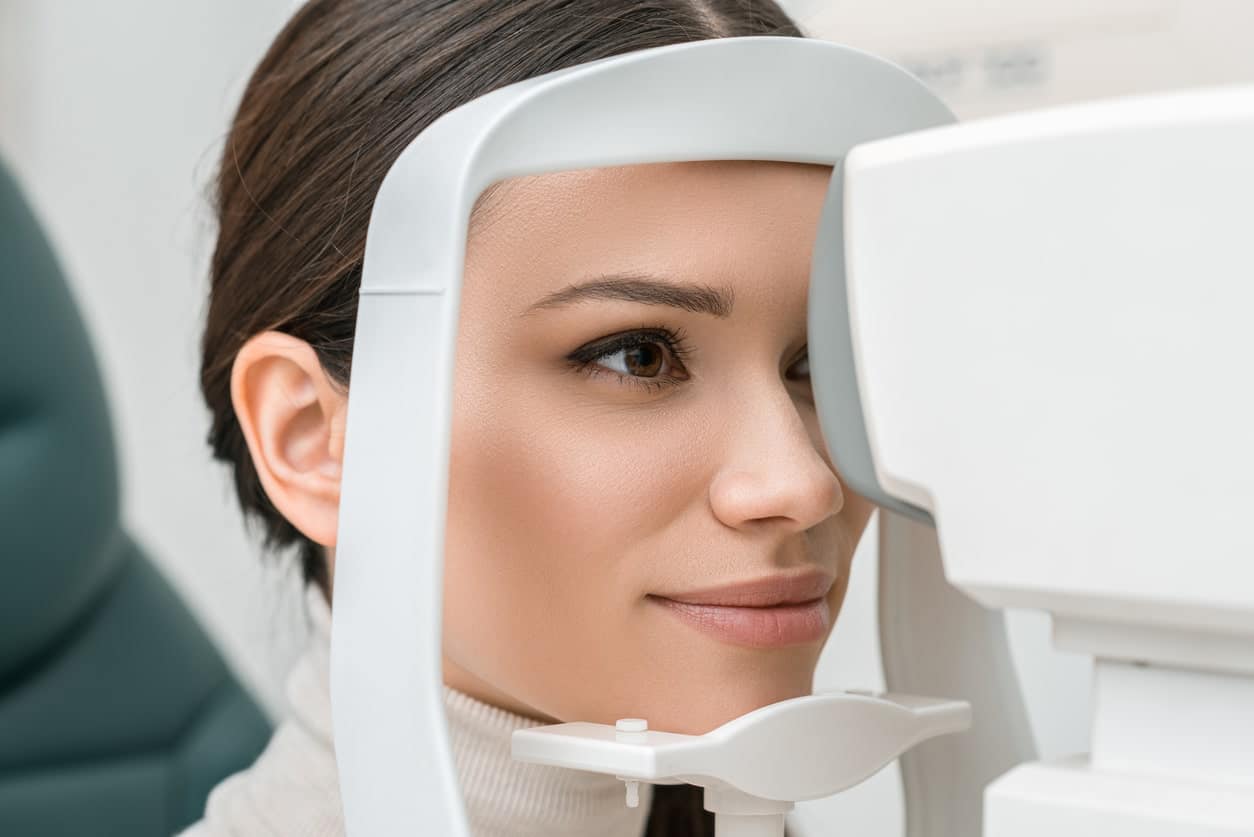
How We See
Basically, the eye is a miraculously complex structure that comes complete its own circulatory system. The process of “seeing” begins when light enters the cornea (clear front portion of the eye) and travels through the eye’s natural crystalline lens where light is focused on the retina (back portion of the eye). The macula of the retina is a small, centrally located area which contains a cuplike depression, also known as the fovea, and is closely packed with cones which give us our most acute, discriminating vision. Once images of light are focused on the macula, the optic nerve sends these images to the brain where they are translated into what we know as “sight.” This process occurs literally millions of times each day and is dependent on the correct function of many physiological functions.
"Dr. Sondheimer is very knowledgeable and approachable. I appreciated that he took the time to answer my questions and concerns. He was never rushed or distracted. My surgery went well and I would recommend Dr. Sondheimer to anyone."
Maintaining the Balance
The eye’s natural balance is dependent on a tear system that lubricates the eye and circulatory system that brings blood into the vital structures of the eye such as the retina, choroid, cilliary body, and iris. Tears are secreted by special glands around the eye, some of which are commonly called “tear ducts.” Tear film is composed of basically three layers: mucous, oil and water to spread antibodies and special proteins, provide for comfort and to help resist infection. When the tear film is insufficient, dry eyes, causing an uncomfortable gritty feeling may occur. When abnormalities in the eye’s circulatory system occur, serious disease such as glaucoma (increased pressure on the optic nerve) or retinal circulatory disorders may result.
Common Eye Problems
It is easy to see that all systems must be a “go” in order for the eye to function properly and give us good vision. In fact, the most common problem, refractive error, is often improved with modern procedures such as LASIK or PRK in addition to glasses and/or contact lenses. So whether you are considering LASIK, suffering from diminished vision due to cataracts, or you are concerned about your family history of glaucoma, see Dr. Sondheimer for early diagnosis and state-of-the-art treatment. Remember, your vision is precious! These are common eye problems:
- Refractive error
- Cataracts
- Glaucoma
Vision Correction by the Condition
Your vision correction options can vary by the condition. Many of these conditions can occur with age or are hereditary. So, here is a brief breakdown of the problem and your correction options with Dr. Sondheimer.
Presbyopia (Aging Eyes)
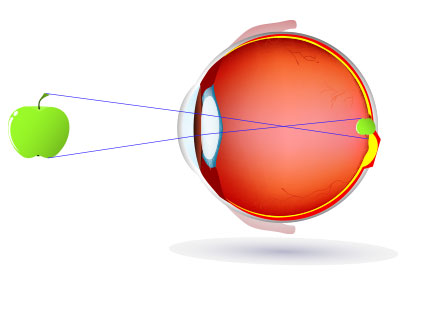
Presbyopia is almost universal in people after the age of 40. This condition, also known as aging eyes, results from the lens of the eye gradually loses its flexibility Making it harder to focus clearly on close vision such as when reading. Distance vision is not affected by presbyopia. Several types of corrective lenses, including progressives, bifocals and trifocals, single-vision reading glasses, multifocal contact lenses, and monovision therapy can help correct presbyopia.
Nearsightedness (Myopia)
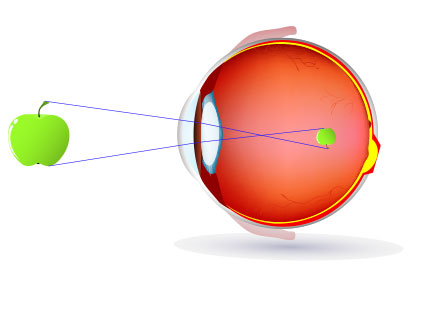
In myopia, the patient’s eyeball is usually too long when measured front to back, creating too much curve. This curve is why the eye can not see in the distance. This causes light to focus in front of the retina, blurring distance vision. Correction includes eyeglasses and contact lenses, acrylic corneal implants, LASIK, and photorefractive keratotomy (PRK).
Farsightedness (Hyperopia)
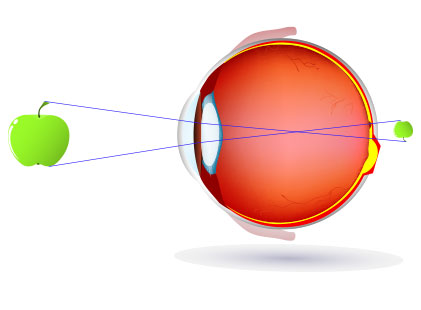
With farsightedness, patients have a shorter eyeball than normal when measured from front to back, giving the cornea too little curvature. This may occur when the patient reaches middle age. This little curvature causes light to focus at a point behind the retina, blurring object vision at near and far. Mild hyperopia may not require correction. Moderate to severe farsightedness can be corrected with eyeglasses, contact lenses, LASIK, and photorefractive keratectomy (PRK).
Astigmatism

With astigmatism, the patient’s eyeball is more oval shaped than round; this creates blurred vision and sometimes ghosting. Most people have some degree of astigmatism. Eyeglasses, contact lenses that don’t rotate on the eyeballs, astigmatism-correcting cataract surgery, or astigmatism-correcting LASIK can all reduce or eliminate astigmatism.
"I definitely recommend Stuart Sondheimer MD. Dr. Sondheimer is a highly qualified doctor and his staff is excellent. He also has outstanding, state-of-the-art equipment. Dr. Sondheimer looks at each individual on a personal basis. He reaches his diagnosis based on my work and my needs. It's a very well-rounded practice and I've been a patient of his for fifteen years. Five stars for Stuart Sondheimer MD."
Is Surgery Always Necessary to Correct Vision?
Up until the 1950s, really the only way to correct refractive vision problems such as myopia was with eyeglasses. That changed when hard contact lenses were introduced, and were eventually mostly replaced with today’s wide variety of soft contact lenses. Today’s options for permanent surgical correction continue to expand, as well. These surgeries use laser energy to reshape the eye’s surface in procedures such as LASIK and PRK, along with the insertion of artificial lenses to correct eyesight.
Still, surgery isn’t necessary. In fact, in some cases, corrective surgery isn’t an option. Children under age 18 aren’t generally candidates for laser vision correction because their eyes change too rapidly as their bodies grow and mature. Also, there may be limitations for diabetic patients and if you have uncontrolled glaucoma. Pregnant women should not have elective vision surgery because hormonal changes may affect the treatment’s accuracy.
Keys to Maintaining Good Eye Health
Despite their importance to quality of life, people pay attention to their skin and teeth, but not eyes. Your parents may have told you to eat carrots for good eye sight, but thats likely the extent. But there are many things you can do to help keep your eyes in good shape.
Quit Smoking
In addition to myriad other health problems, smoking is bad for your eyes, as well. Smokers are more likely to develop cataracts, macular degeneration, and to damage their optic nerves. Basically, this is another reason that you should quit smoking.
Wear Sunglasses
Your eyes need protection from the sun’s ultraviolet (UV) rays. Too much sun increases your chance of developing macular degeneration and cataracts. Make sure to choose sunglasses that block 99-100 percent of UVA and UVB rays. Some contact lenses also offer UV protection, but it’s still a good idea to wear sunglasses even with contact lenses in. Of course, avoid directly looking at the sun.
Eat Well
You think of your body when watching what your eat, but what about your eyes? Nutrients such as omega-3 fatty acids, lutein, zinc, and vitamins C and E help your body fend off age-related vision problems such as macular degeneration and cataracts.
Also, eating right keeps your weight right, helping you avoid type 2 diabetes, which is the leading cause of blindness in adults. To get the mentioned nutrients, eat these foods: leafy vegetables like spinach; salmon, tuna, eggs, nuts, beans and other non-meat protein sources; oysters and pork.
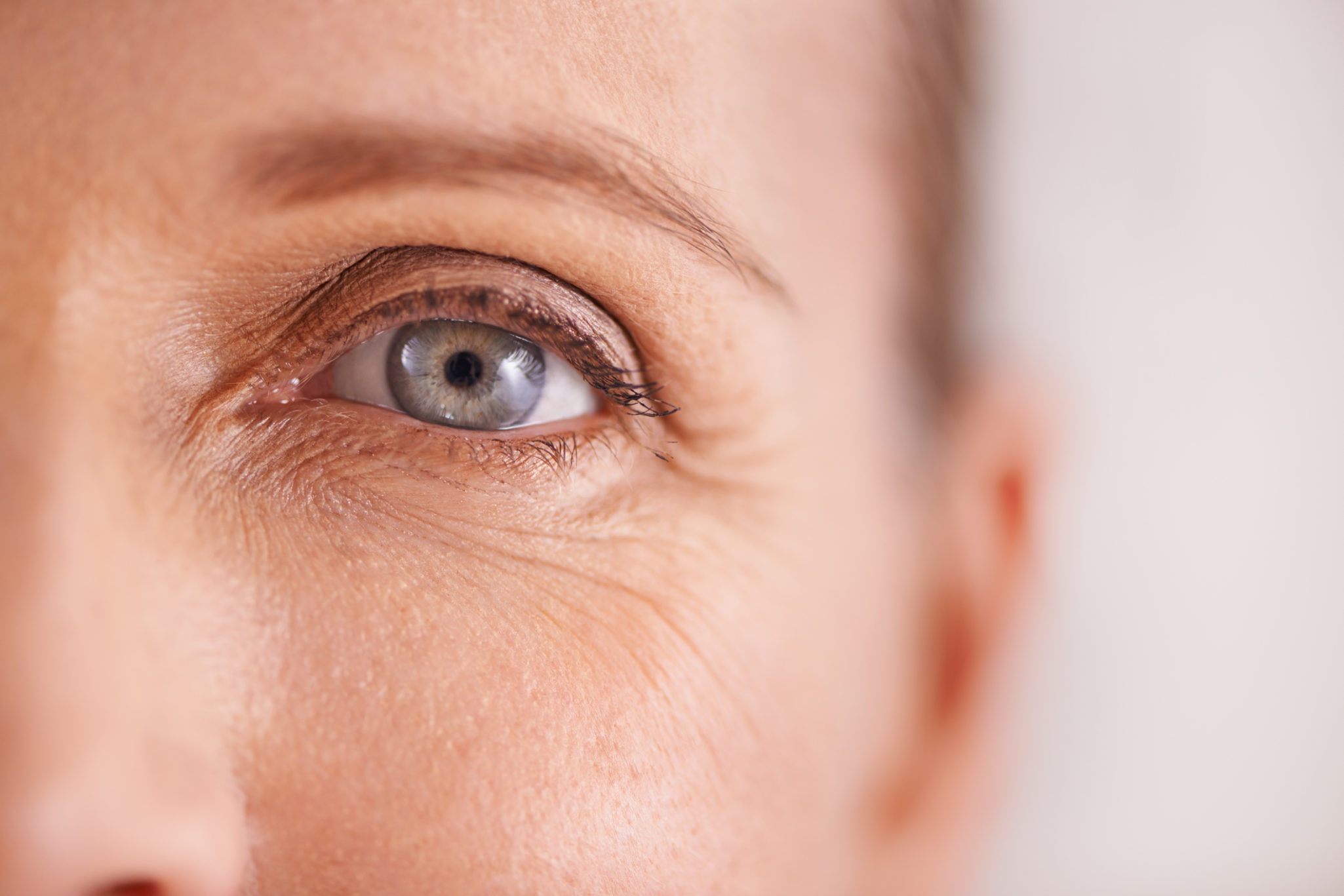
Wear Safety Glasses
There is nothing easier to help your eyes than wearing safety glasses. Protect them from impact from items such as racquetballs and hockey pucks, or pieces of yard matter when doing chores like weed whacking. Safety glasses are only geeky to those willing to lose their eyesight. We think you eye sight is worth protecting.
Give Your Eyes a Break
We all stare at computer screens a lot these days. This can cause eyestrain, blurry vision, trouble focusing at distance, dry eyes, headaches, and neck and shoulder pain. Make sure your eyeglass or contact lens prescription is up to date for accurate close vision. If possible, have your eyes level with the top of your monitor, so that you look down slightly at the screen. Use a supportive chair that keeps you sitting straight upright with your feet flat on the floor. And give your eyes a rest — every 20 minutes, look away from your screen at objects at least 20 feet away. Also, get up at least every two hours and take a 15-minute break.
See Dr. Sondheimer
Even if you have excellent vision, everyone needs to visit an eye doctor such as Dr. Sondheimer regularly. Everyone needs to care for their eyes, adults and children. You’ll not only find out your vision irregularities (and correct them); these visits are the way we catch diseases such as glaucoma that show no early symptoms. They can be caught early during a routine eye exam, when treatment can preclude permanent damage.
Schedule a Consultation in Skokie, IL
To learn more about vision information or to schedule a consultation at one of our North Suburban Chicago offices, please call 847.677.2794.

